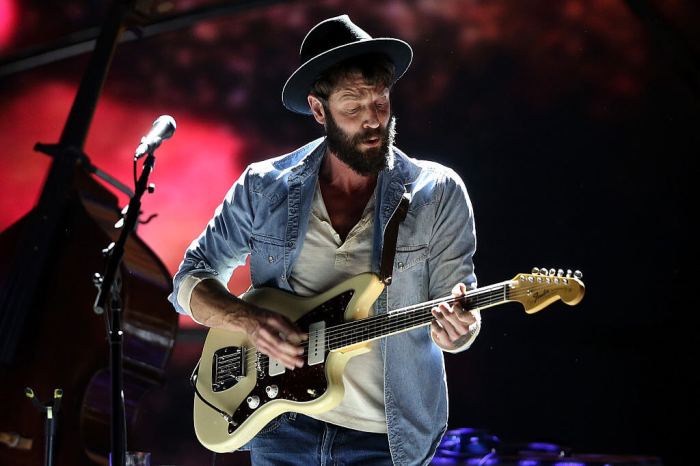Canadian electronic duo MSTRKRFT Jesse F. Keeler and Al-P are gearing up from Toronto for a North American tour in support of their latest full-length album release, “Operator,” which dropped in July from Last Gang Records. The musicians — who hit the scene in the 2006 with “The Looks,” a chip off Keller’s other band, Death From Above 1979 — started to work away at the album in 2013, eventually delivering what we kept hearing was a raw, “military-inspired” project. However, according to the guys, you shouldn’t always believe what you read. What’s your set-up going to be like for this tour?
Jesse: We tour with three different drum machines, two modular synths and a mixer. It’s a lot of cabling, and I’m simplifying, but it’s an incredibly carefully curated set of stuff. I work on the creation of every piece every day. That’s the beauty of modular synths — they’re constantly evolving in terms of what’s available. It’s not like you get a guitar that’s slightly different, or a new drum skin, this is where there’s constant innovation. It’s good to have a palette that’s always changing and evolving and growing, it makes it much more exciting of run nerds. Al: We’ve also been developing a modular for our purposes. It’s not released, but it was an idea we had for something we had a need for, but there wasn’t anything like that on the market in the world. We partnered with a manufacturer to design something for us. Any equipment that you’re bringing with you that is specific to “Operator”?
Jesse: The only specific thing to the record that we need is the vocals, and those come from a computer. We’re bringing one to sample bits fro the album, because once you have a new album, there needs to be the elements for people to know what it is. And I don’t want to travel with four guys who sing for three minutes each. Now about this military-themed album…
Jesse: I know everyone’s been drawing this military theme, but that’s really just the cover art.
I suppose it gets into your head and you start hearing what you’re seeing.
Jesse: That’s the nature of it. Al said the other day, when you have an instrumental, what you chose to name it gives it all its character, otherwise it could just be [named] a number or a date. Naming it is part of the art. But that concept for art had to come from somewhere.
Jesse: The military concept is much more human than it appears, I guess. Military guys would refer to themselves as “operators,” and this is our interpretation. It appears to us that the term “operator” was something they would use to detach themselves from what they’re doing, focus on the work rather than the meaning behind it. And I can’t f—g blame them. It’s kind of like tunnel vision.
Jesse: Yes and no — it’s like accepting and embracing this idea of piloting equipment, but the equipment is really doing the work. There’s an element to it where the gear does things that we didn’t expect or command. There’s an acceptance from us that the machines are a big part of what’s happening. There are no human sounds we made; it’s all machines. What do you call us — synthesists? I hate when dance music artists are called producers. That’s a defined role; it doesn’t need to be redefined for the purpose of music. Synthesists? Is that going to be your professional occupation title going forward?
Jesse: As of this interview.
Al: Yeah, that’s what we’re going to write as our occupations when we cross the border.
If you go:
Sept. 10 at 10 p.m.
Webster Hall
125 East 11th St., New York
$20, websterhall.com
MSTRKRFT: Raging with the machine

Provided


















